- Clone
- Poly6226 (See other available formats)
- Regulatory Status
- RUO
- Other Names
- NFκB p65, nuclear factor kappa light chain enhancer in B cells p65
- Isotype
- Rabbit Polyclonal IgG
- Ave. Rating
- Submit a Review
- Product Citations
- 17 publications

| Cat # | Size | Price | Save |
|---|---|---|---|
| 622601 | 50 µL | ¥25,960 | |
| 622602 | 200 µL | ¥64,460 |
NF-κB/p65 (nuclear factor kappa light chain enhancer in B cells p65) is a member of the Rel/dorsal family. This ubiquitously expressed nuclear protein is one subunit of the NF-kappa B complex consisting of a 65 kD transactivating subunit and a 50 kD DNA binding subunit. Both subunits are derived from larger precursor proteins. NF-κB acts as a transcriptional activator and was originally identified as an activator of kappa light chain in B cells. NF-κB/p65 is bound (with p50) to IκB inhibitor in cytoplasm in inactive form. Phosphorylation of IκB releases and NF-κB which goes to the nucleus to activate gene expression. NF-κB can be activated with LPS, TNF-α, phorbol ester, or IL-1. The Poly6226 antibody reacts with the C-terminal region of human, mouse, and rat NF-κB p65 and has been shown to be useful for Western blotting.
Product DetailsProduct Details
- Verified Reactivity
- Mouse, Rat, Human
- Antibody Type
- Polyclonal
- Host Species
- Rabbit
- Immunogen
- peptide-KLH, C-terminal
- Formulation
-
This antibody is provided in phosphate-buffered solution, pH 7.2, containing 0.09% sodium azide and 0.2% gelatin.
Previous lots of this product may have been formulated with 0.1% or 0.05% NaN3 instead of 0.09% NaN3. For further information please contact BioLegend Technical Support or Customer Service. - Preparation
- The antibody was purified by antigen-affinity chromatography.
- Concentration
- Lot-specific (to obtain lot-specific concentration and expiration, please enter the lot number in our Certificate of Analysis online tool.)
- Storage & Handling
- Upon receipt, store undiluted between 2°C and 8°C.
- Application
-
WB - Quality tested
ICC, ChIP - Verified
IHC-F, IP - Reported in the literature, not verified in house - Recommended Usage
-
Each lot of this antibody is quality control tested by Western blotting. For Western blotting, the suggested use of this reagent is 0.05 µg per mL. For immunocytochemistry, the suggested use of the reagent is a dilution range of 1:100~1:400. For ChIP applications, the suggested dilution is 1:50-1:200 by volume. It is recommended that the reagent be titrated for optimal performance for each application.
- Application Notes
-
This product may contain other non-IgG subtypes.
- Additional Product Notes
-
The 50 µL size can be used for approximately 5 Western blots, and the 200 µL size can be used for approximately 20 Western blots.
-
Application References
(PubMed link indicates BioLegend citation) - Product Citations
-
- RRID
-
AB_315955 (BioLegend Cat. No. 622601)
AB_315956 (BioLegend Cat. No. 622602)
Antigen Details
- Structure
- Member of the Rel/dorsal family. One subunit of the NF-kappa B complex consisting of a 65 kD transactivating subunit and a 50 kD DNA binding subunit. Both subunits derived from larger precursor proteins
- Distribution
-
Ubiquitously expressed nuclear protein
- Function
- Transcriptional activator, originally identified as an activator of kappa light chain in B cells
- Interaction
- Interacts with NF-κB p50 and IκB
- Biology Area
- Cell Biology, Neuroscience, Neuroscience Cell Markers, Transcription Factors
- Molecular Family
- Nuclear Markers
- Antigen References
-
1. Baldwin AS, et al. 1996. Annu. Rev. Immunol. 14:649 (review).
2. Chen F, et al. 1999. Clin. Chem. 45:7 (review). - Regulation
- Bound (with p50) to IkB inhibitor in cytoplasm in inactive form. Phosphorylation of IkB releases and NF-kB goes to the nucleus to activate gene expression. Stimulation with LPS, TNF-α, phorbol ester, or IL-1 activates
- Gene ID
- 4790 View all products for this Gene ID
- UniProt
- View information about NF-kappaB p65 on UniProt.org
Related Pages & Pathways
Pages
Related FAQs
Other Formats
View All NF-κB p65 Reagents Request Custom Conjugation| Description | Clone | Applications |
|---|---|---|
| Purified anti-NF-κB p65 | Poly6226 | WB,ICC,IHC-F,IP,ChIP |
Customers Also Purchased
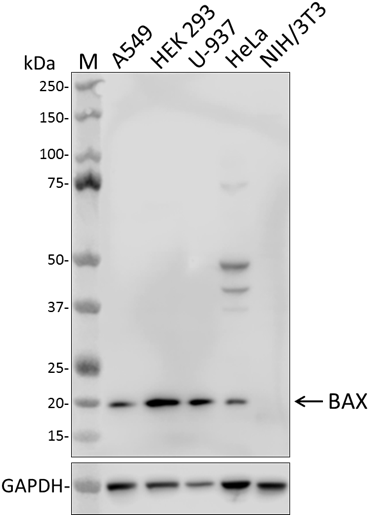
Compare Data Across All Formats
This data display is provided for general comparisons between formats.
Your actual data may vary due to variations in samples, target cells, instruments and their settings, staining conditions, and other factors.
If you need assistance with selecting the best format contact our expert technical support team.








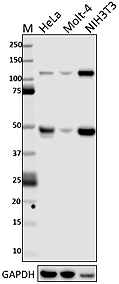
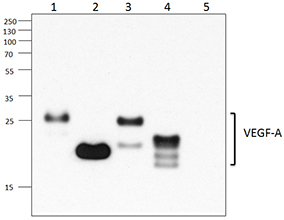
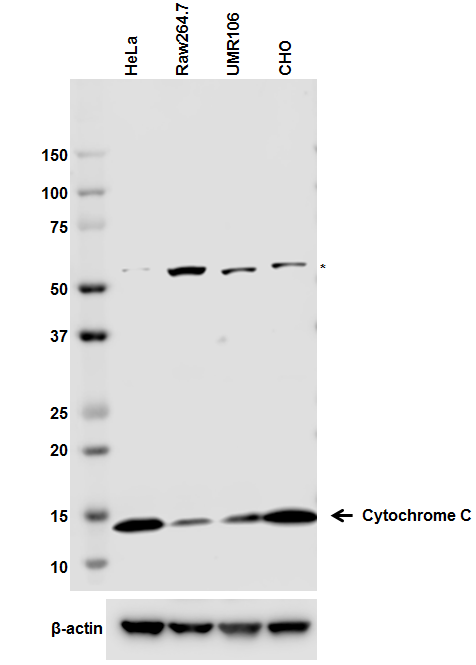
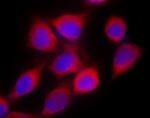
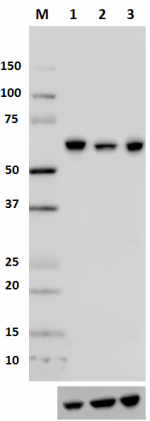
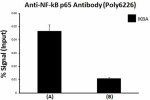




Follow Us